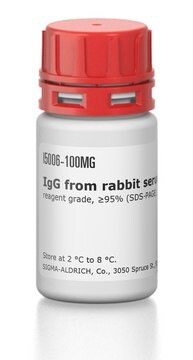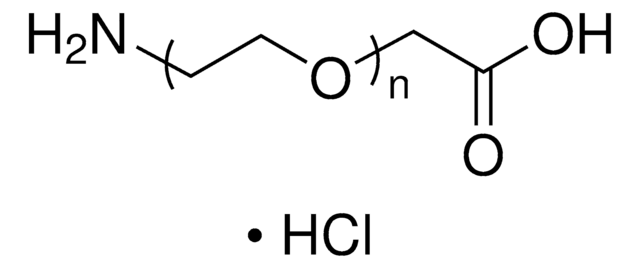MAB1953
Anti-Integrin αV (ITGAV/CD51) Antibody
CHEMICON®, mouse monoclonal, P3G8
Sinonimo/i:
CD51
About This Item
Prodotti consigliati
Nome del prodotto
Anti-Integrin αV Antibody, clone P3G8, clone P3G8, Chemicon®, from mouse
Origine biologica
mouse
Livello qualitativo
Forma dell’anticorpo
purified antibody
Tipo di anticorpo
primary antibodies
Clone
P3G8, monoclonal
Reattività contro le specie
human
Produttore/marchio commerciale
Chemicon®
tecniche
ELISA: suitable
flow cytometry: suitable
immunocytochemistry: suitable
immunohistochemistry: suitable
immunoprecipitation (IP): suitable
Isotipo
IgG1
N° accesso NCBI
N° accesso UniProt
Condizioni di spedizione
wet ice
modifica post-traduzionali bersaglio
unmodified
Informazioni sul gene
human ... ITGAV(3685)
Specificità
Immunogeno
Applicazioni
Immunocytochemistry: 1:1,000. Will react with some lymphoid cell lines (B cells), many carcinoma and melanoma cell lines and osteosarcomas.
Flow cytometry
Immunoprecipitation
FACS
EIA
Optimal working dilutions must be determined by end user.
Cell Structure
Integrins
Stato fisico
Stoccaggio e stabilità
Altre note
Note legali
Esclusione di responsabilità
Non trovi il prodotto giusto?
Prova il nostro Motore di ricerca dei prodotti.
Raccomandato
Codice della classe di stoccaggio
10 - Combustible liquids
Classe di pericolosità dell'acqua (WGK)
WGK 2
Punto d’infiammabilità (°F)
Not applicable
Punto d’infiammabilità (°C)
Not applicable
Certificati d'analisi (COA)
Cerca il Certificati d'analisi (COA) digitando il numero di lotto/batch corrispondente. I numeri di lotto o di batch sono stampati sull'etichetta dei prodotti dopo la parola ‘Lotto’ o ‘Batch’.
Possiedi già questo prodotto?
I documenti relativi ai prodotti acquistati recentemente sono disponibili nell’Archivio dei documenti.
Il team dei nostri ricercatori vanta grande esperienza in tutte le aree della ricerca quali Life Science, scienza dei materiali, sintesi chimica, cromatografia, discipline analitiche, ecc..
Contatta l'Assistenza Tecnica.








